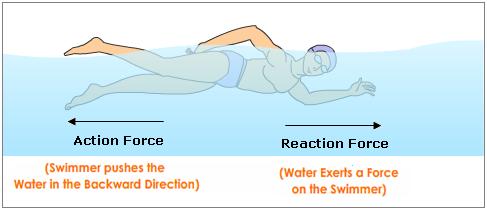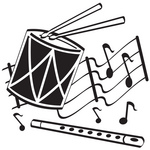Lately we have been discussing state educational standards and the ways in which they may be supported by quality educational assembly programs.
 Looking again at the standards for the state of Kentucky, as laid out by the Kentucky Department of Education, here are two excerpts detailing some of what is expected by the end of Primary grades:
Looking again at the standards for the state of Kentucky, as laid out by the Kentucky Department of Education, here are two excerpts detailing some of what is expected by the end of Primary grades:
SC-EP-1.2.1
Students will describe and make inferences about the interactions of magnets with other magnets and other matter (e.g., magnets can make some things move without touching them).
 SC-EP-1.2.3
SC-EP-1.2.3
Students will describe the position and motion of objects and predict changes in position and motion as related to the strength of pushes and pulls.
Here is are a couple of sections from the 4th Grade:
SC-04-1.2.1
Students will interpret or represent data related to an object's straight-line motion in order to make inferences and predictions of changes in position and/or time.
SC-04-1.2.2
Students will infer causes and effects of pushes and pulls (forces) on objects based on representations or interpretations of straight-line movement/motion in charts, graphs and qualitative comparisons.
 Forces and Motion is a science assembly which is not only very entertaining, but which also has specific sections dealing with each of these areas. Physics is Fun also touches on some of the same material (especially in our hands on workshop format), but also delves nicely into the area of sound waves. Sound as a category of study shows up as an area of importance in its own right with the fourth grade as detailed here:
Forces and Motion is a science assembly which is not only very entertaining, but which also has specific sections dealing with each of these areas. Physics is Fun also touches on some of the same material (especially in our hands on workshop format), but also delves nicely into the area of sound waves. Sound as a category of study shows up as an area of importance in its own right with the fourth grade as detailed here:
SC-04-1.2.3
Students will:
o explain that sound is a result of vibrations, a type of motion;
o describe pitch ( high, low) as a difference in sounds that are produced and relate that to the rate of vibration.
Vibration is a type of motion that can be observed, described, measured and compared. Sound is produced by vibrating objects. The pitch of the sound can be varied by changing the rate of vibration. The relationship between rates of vibration and produced sounds can be described and graphed. 
Many other examples also appear throughout the standards of Kentucky, and most likely throughout the standards for your state, too. By scheduling an assembly which contains direct references to, and examples of, material dictated by state standards, a school not only provides the excitement of a break from classroom routine, and a welcome hour of entertainment, but also works directly to reinforce what the students are supposed to be learning.
Moments from live school assemblies are powerful teaching tools. Sometimes they serve to illustrate a point directly but sometimes they may also serve to excite the imaginations of students. Then when the same material is broached in the classroom the students are eager to learn more because they have seen the potential “coolness” inherent in that particular field.
And we all know, learning is far more likely to take place when the subject is something “cool”!
Science does not have to be boring. In fact, when presented well, science is exciting, fun and very, very cool!
Geoff Beauchamp is the Regional Manager of Mobile Ed Productions where "Education Through Entertainment" has been the guiding principal since 1979. Mobile Ed Productions produces and markets quality educational school assembly programs in the fields of science, history, writing, astronomy, natural science, mathematics, character issues and a variety of other curriculum based areas. In addition, Mr. Beauchamp is a professional actor with 30 years of experience in film, television and on stage. He created and still performs occasionally in Mobile Ed's THE LIVING LINCOLN






